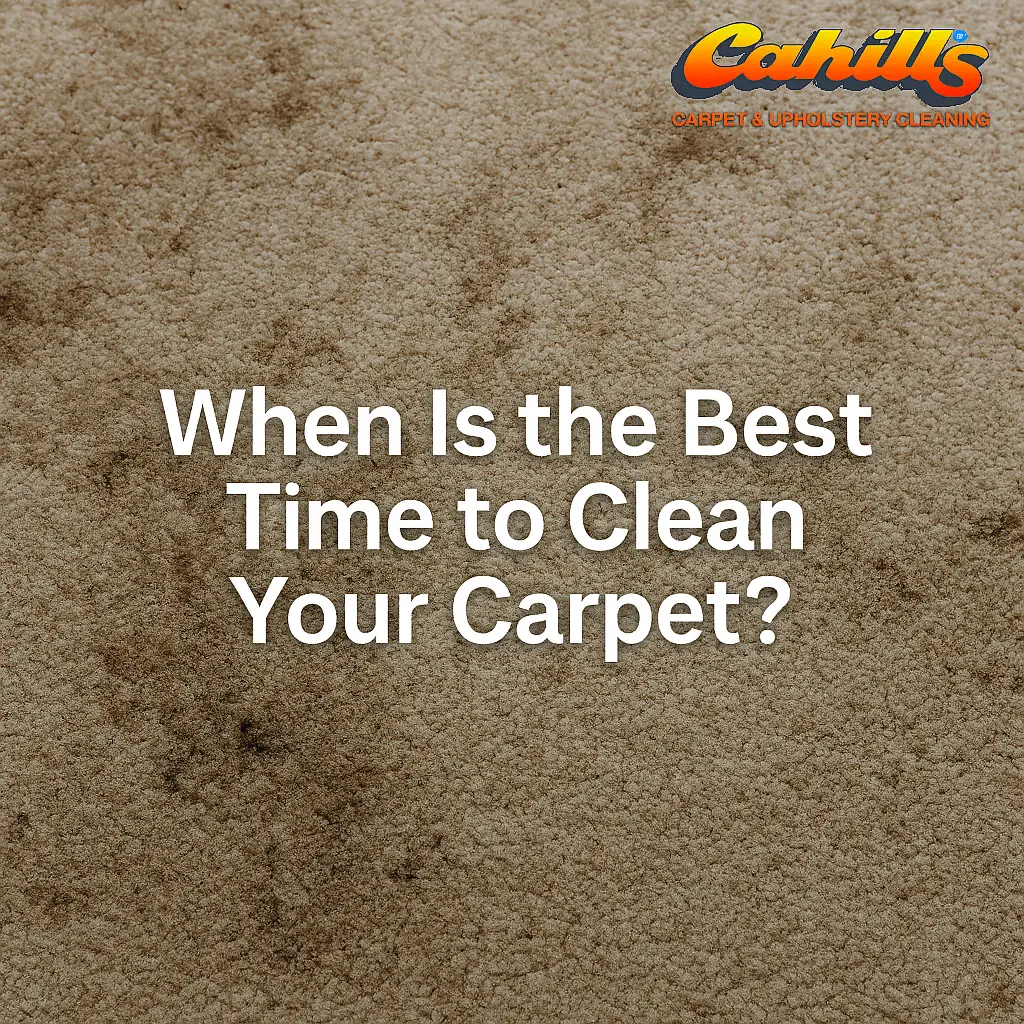Leather furniture exudes luxury and sophistication, elevating the aesthetic of any living space. However, just like any other furniture, leather pieces are not immune to accidents and spills. The good news is that with the right approach and care, it is possible to effectively clean stains from leather furniture without compromising its natural beauty. In this article, we’ll explore the steps and methods to tackle common stains and restore the elegance of your leather furnishings.
Identifying Leather Types
Before diving into the stain removal process, it’s crucial to identify the type of leather you’re dealing with. Different types of leather require varying cleaning methods and solutions. The most common types include aniline, semi-aniline, pigmented, and suede. Check the manufacturer’s guidelines or consult a professional if you’re unsure about the type of leather.
General Stain Removal Guidelines
1. Act Quickly: The sooner you address a stain, the better chance you have of removing it completely. Immediate attention can prevent the stain from setting into the leather.
2. Test in an Inconspicuous Area: Before attempting any stain removal, test the cleaning solution on a small, hidden area of the furniture to ensure it doesn’t cause damage or discoloration.
3. Gentle Cleaning: Always use gentle, non-abrasive cleaning methods to avoid damaging the leather’s finish.
Common Stains and Removal Methods
1. Water-Based Stains (Coffee, Juice, etc.):
– Blot the stain gently with a clean, dry cloth to absorb excess liquid.
– Mix a solution of mild soap and water. Dampen a clean cloth with the solution and gently clean the stained area, then wipe with a damp cloth to remove soap residue.
– Allow the leather to air dry and condition it with a leather conditioner to prevent drying or cracking.
2. Ink Stains:
– Dab the stain with a cotton swab dipped in rubbing alcohol. Test first on an inconspicuous area to make sure it doesn’t damage the leather.
– Gently wipe the stained area, being careful not to spread the ink further.
– Apply a leather conditioner afterward to maintain the leather’s suppleness.
3. Grease or Oil Stains:
– Blot the stain with a clean, dry cloth to absorb excess oil.
– Sprinkle a small amount of cornstarch or talcum powder on the stain and let it sit for several hours to absorb the grease.
– Gently brush off the powder and wipe the area with a damp cloth. Allow it to dry naturally.
4. Ink or Dye Transfer:
– For light-colored leather, use a cotton swab dipped in rubbing alcohol to gently wipe away the transferred dye.
– For dark-colored leather, consult a professional cleaner to avoid causing further damage.
Conclusion
While stains on leather furniture can be distressing, they don’t have to spell the end of your beautiful investment. By acting swiftly, using the appropriate cleaning methods, and applying a leather conditioner regularly, you can successfully remove various types of stains and keep your leather furniture looking its best for years to come. If you’re unsure about tackling a particularly stubborn stain, it’s always wise to seek the advice of a professional cleaner to avoid any unintended damage to your cherished leather pieces. For expert leather cleaning and stain removal, trust Cahills Carpet Cleaning – your reliable partner in maintaining the longevity and beauty of your leather furniture. Contact us today for a free consultation and a spotless leather solution!







